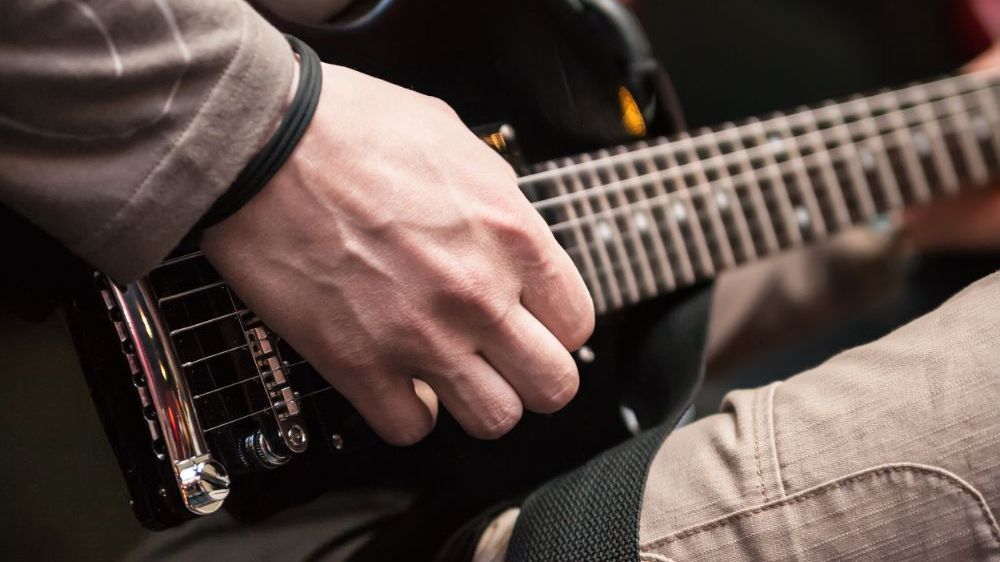It is not only the timing, but also the shape of sounds that can create a groovy feeling. A new study looks into musicians' practices.

Guilherme Câmara is a guitarist, but he had never really considered how the shapes of sounds could affect timing before he started studying them.
"I thought a lot about timing; about where to place sounds to obtain a certain groove or rhythm," he says.
As a musician, you can play with timing to encourage different "feels". Many timing feels can work, according to Câmara.
"In certain contexts, some timings work better than others, but there are often many possibilities. However, when you play on the beat it tends to give the listener a different feeling than if you play pushed or laid-back."
A deeper investigation of sounds
In recent years, Câmara has been working on a PhD at the Department of Musicology, University of Oslo. He has been looking into the secrets behind groove feels. Groove is a term originally used in jazz music from the 1930's. Groovy music often elicits the urge to dance.
Today groove is mainly associated with popular music styles with origin in the Afro American tradition, such as funk, soul, disco, and hip-hop.






